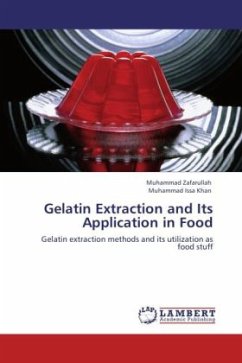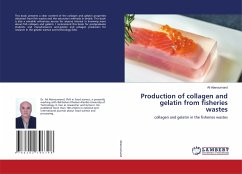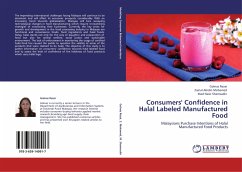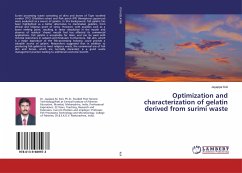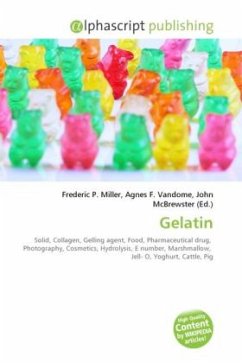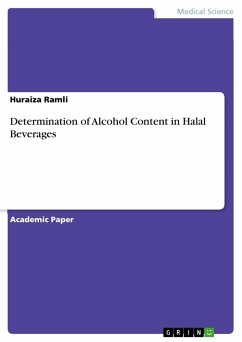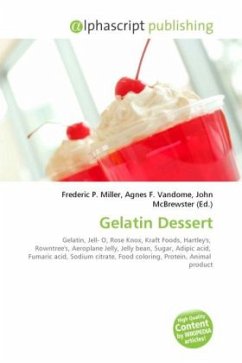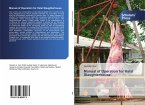Gelatin is a transparent substance, having no color, flavor, easily breakable and almost having no taste. It is consequent from animal bones and skin. Gelatin is categorized as foodstuff and it is produced by the irreversible hydrolysis of collagen. Mostly it is imported from the foreign countries, where the gelatin is extracted from pigs and other unlawful raw material, which is strongly forbidden to consume, according to Islamic code of conduct. More often yoghurt is produced by the controlled fermentation of milk by using two species of bacteria (Lactobacillus sp. and Streptococcus sp.). Gelatin can be used as a stabilizer in yoghurt. The present study was designed with objectives to optimize the conditions for gelatin extraction from bones of cow and buffalo and to compare the activity of extracted gelatin with commercial gelatin in yoghurt as stabilizing agent.
Bitte wählen Sie Ihr Anliegen aus.
Rechnungen
Retourenschein anfordern
Bestellstatus
Storno

